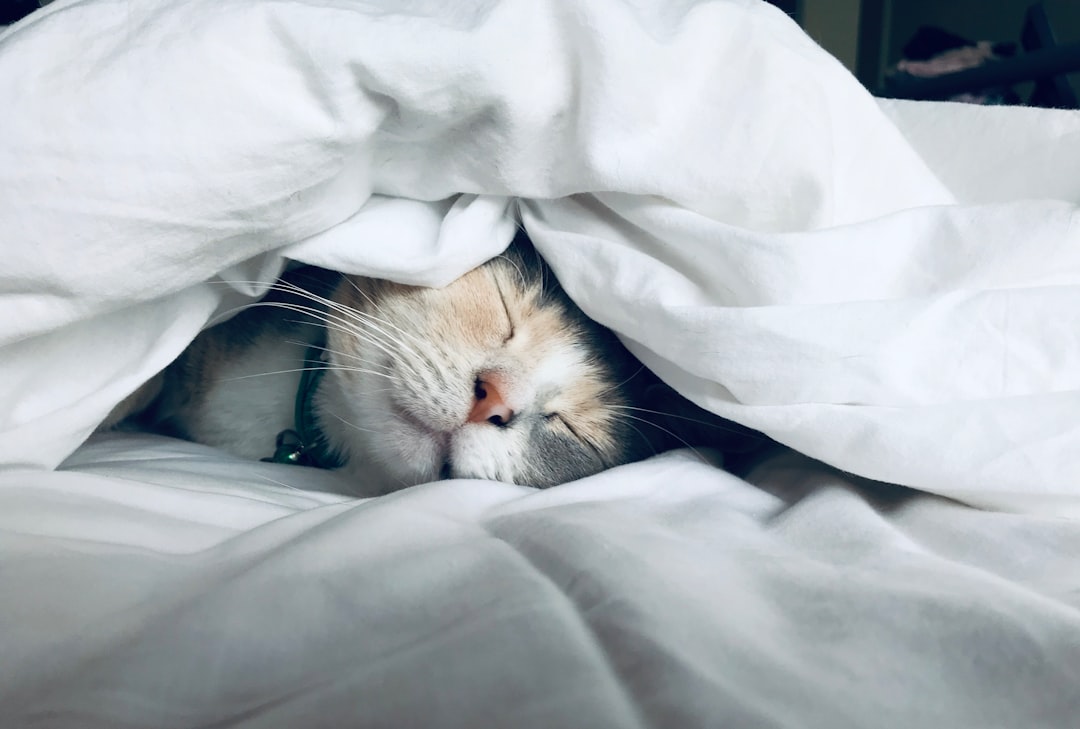What is it about?
In humans there is evidence that light therapy improves certain forms of depression. However it is not known how this works. In our manuscript we show that light at the right time has also beneficial effects on mice. This allowed us to functionally investigate the targets of light in the mouse brain. We provide evidence that light affects depression-related behaviors in mice by activating the clock gene Per1 in the lateral habenula (LHb), a brain region known to regulate depression.
Featured Image

Photo by Vesky on Unsplash
Why is it important?
Our findings show that light affects the mood regulatory system by activating a clock gene in an important brain region that is involved in balancing mood status. Hence, light can be used as an anti-depressive agent also in humans with specific effects on brain regions with minimal side effects.
Perspectives
Light can be used as serious medical treatment for depression related disorders and set the stage for defining illumination parameters in hospitals and senior residences to increase health in such institutions.
Urs Albrecht
Read the Original
This page is a summary of: Light affects behavioral despair involving the clock gene Period 1, PLoS Genetics, July 2021, PLOS,
DOI: 10.1371/journal.pgen.1009625.
You can read the full text:
Contributors
The following have contributed to this page










